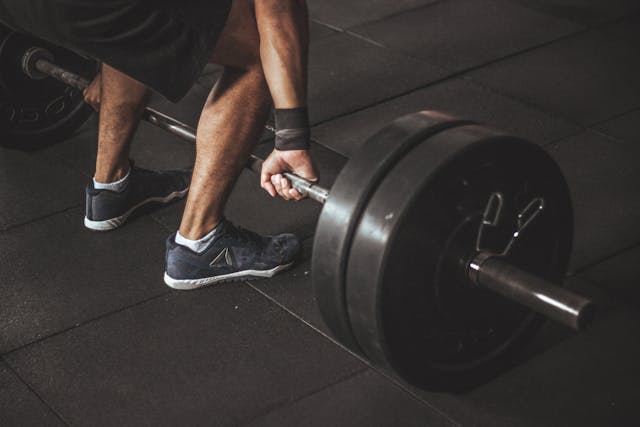Unlocking Cellular Power: The Surprising Link Between L-Carnitine and Androgen Receptors

In the vast world of sports nutrition and hormonal health, a new synergy is capturing the attention of researchers and fitness enthusiasts alike: the connection between L-Carnitine and androgen receptors . While L-Carnitine has long been celebrated for its role in energy metabolism and fat transportation, recent studies suggest it might have a far more significant function—enhancing androgen receptor activity. This powerful link is now drawing interest from those pursuing muscle gain, improved recovery, and optimized hormonal balance. As Pomps Place explores deeper into this cutting-edge topic, it becomes evident that L-Carnitine and androgen receptors may play a crucial role in transforming how we approach performance enhancement and cellular signaling. Understanding L-Carnitine’s Role in the Human Body L-Carnitine is a naturally occurring compound synthesized from the amino acids lysine and methionine. It primarily functions to transport long-chain fatty acids into the mitoch...



